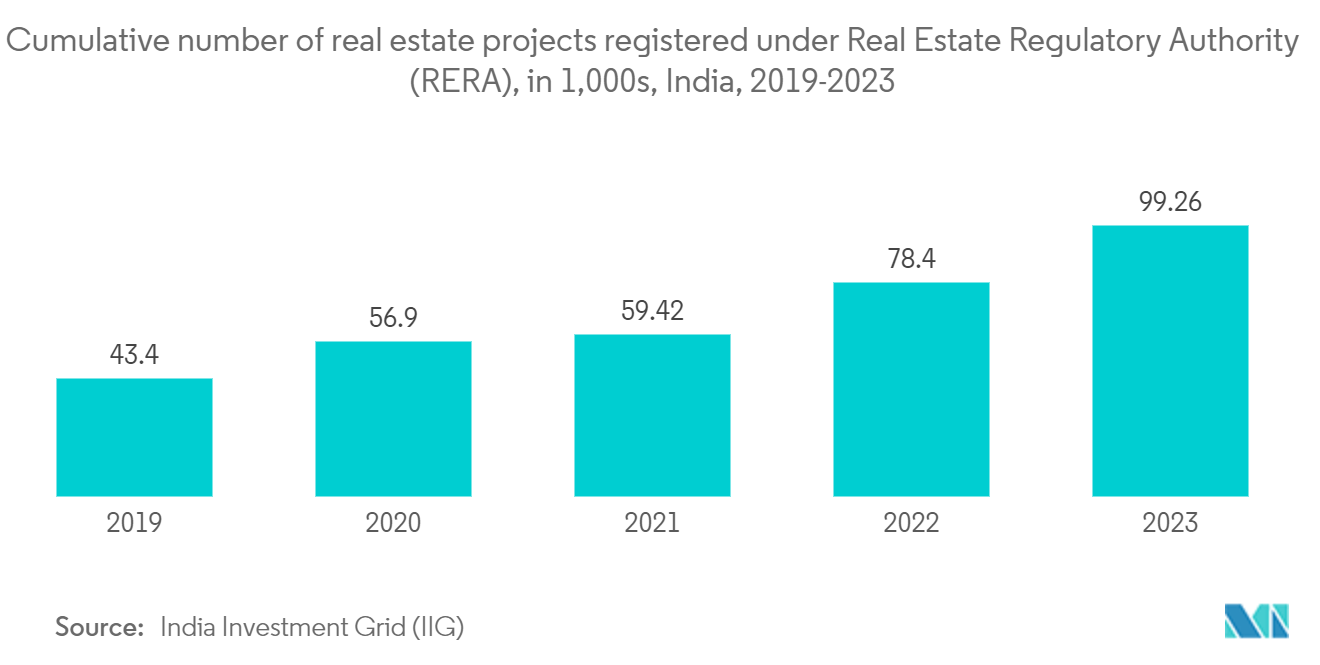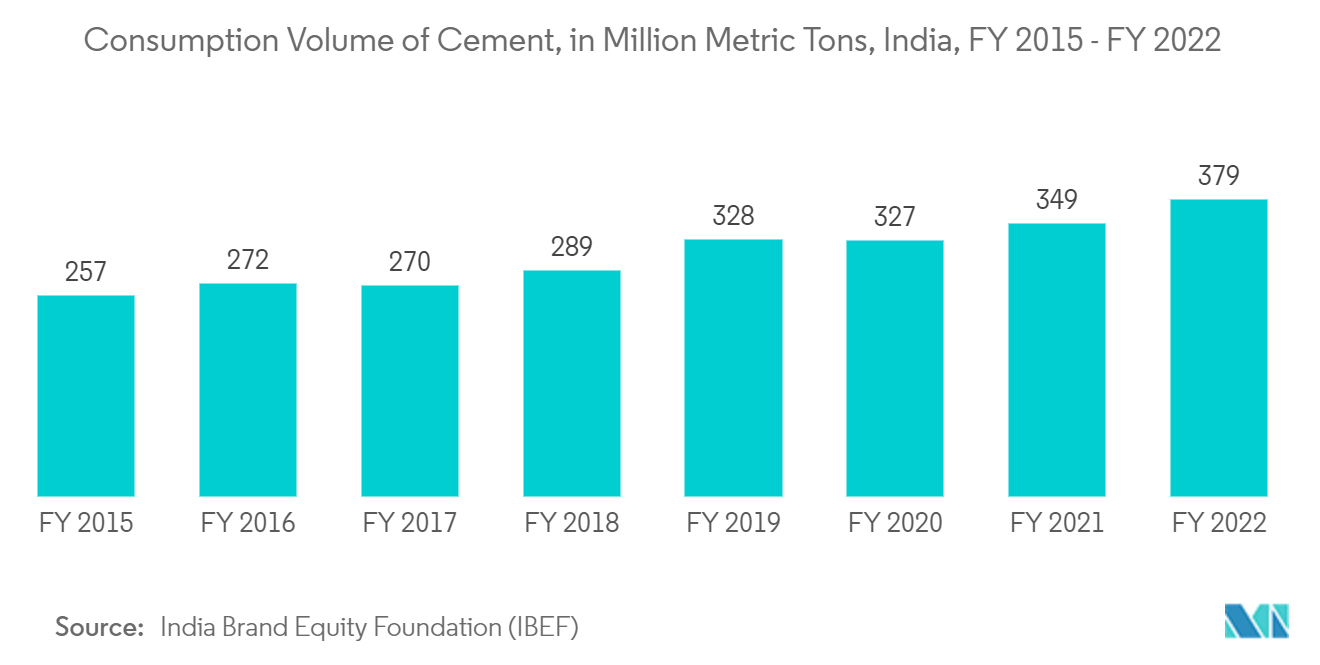Market Trends of India Prefabricated Buildings Industry
Government Initiatives in the Infrastructure and Construction Sector to Boost the Industry
In India, the construction industry is divided into two categories: real estate and urban development. Residential, office, retail, hotels, and leisure parks are all included in the Real Estate segment. Water supply, sanitation, urban transportation, schools, and healthcare are all sub-segments of the urban development segment.
By 2025, India's construction industry is expected to be worth USD 1.4 trillion. The urban population will contribute 75% of GDP (up from 63%), and 68 cities will have populations of over 1 million, up from 42 in 2021. India's construction industry is divided into 250 sub-sectors with cross-sectoral connections. By 2030, India's real estate industry is expected to be worth USD 1 trillion, contributing 13% of the country's GDP.
India has a USD 1.4 trillion infrastructure investment budget under National Infrastructure Pipeline (NIP), with 24% going to renewable energy, 19% to roads and highways, 16% to urban infrastructure, and 13% to railways. Between April 2000 and September 2021, Foreign Direct Investment (FDI) in the construction development sector (townships, housing, built-up infrastructure, and construction development projects) and construction (infrastructure) activities totaled USD 26.16 billion and USD 25.95 billion, respectively.
Technology-driven urban planning schemes, such as the revolutionary Smart City Mission (target 100 cities), are expected to improve the quality of life.

Need for Precast Concrete Technology Driving the Market
In recent years, India's urban population grew at a rapid speed, resulting in a scarcity of land, housing, congested transportation, and basic facilities. Precast construction, with proper planning and execution, can meet the needs of the housing mark. Precast construction accounts for only 2% of the Indian construction industry's USD 500 million markets.
Precast systems are mostly used in India for infrastructure projects such as bridges and flyovers. To meet housing demands, the Government of India has approved the use of precast concrete construction methods. According to the Ministry of Housing and Urban Poverty Alleviation, approximately 96% of 18.78 million dwelling units belong to Economically Weaker Section (EWS) and Low Income Group (LIG) households.
The Government of India proposed "Housing for All" as part of the Pradhan Mantri Awash Yojana scheme (PMAY). To meet the PMAY target, precast technology is being used to improve construction quality while also shortening the project's execution time.


